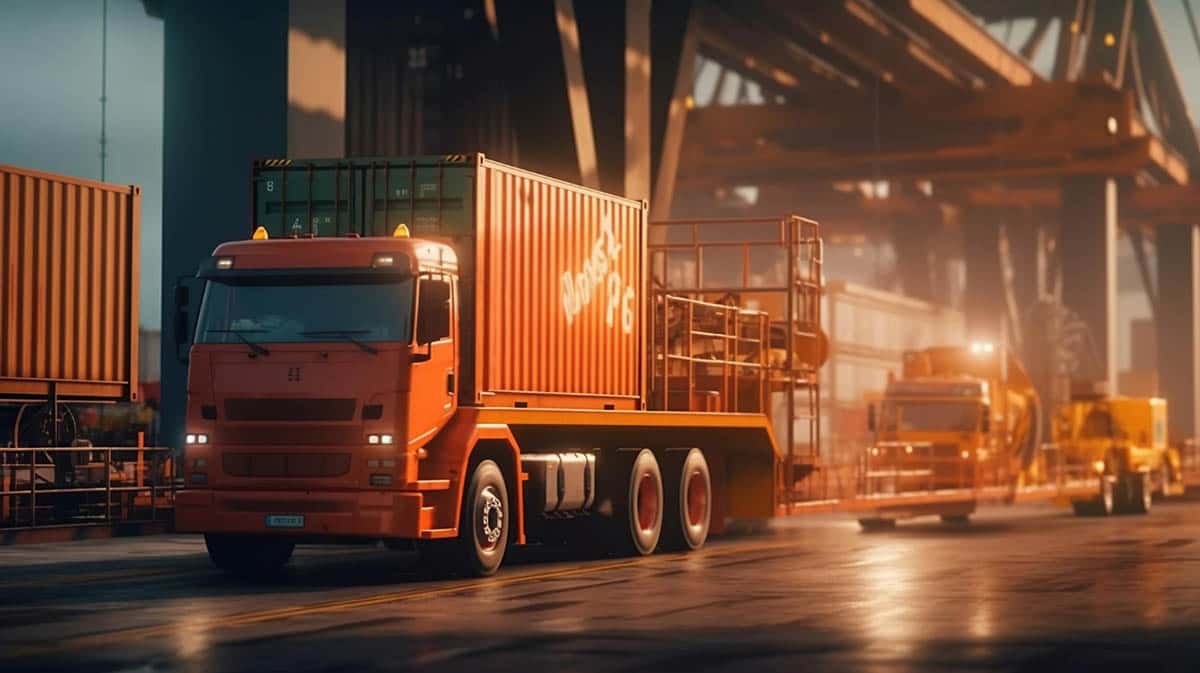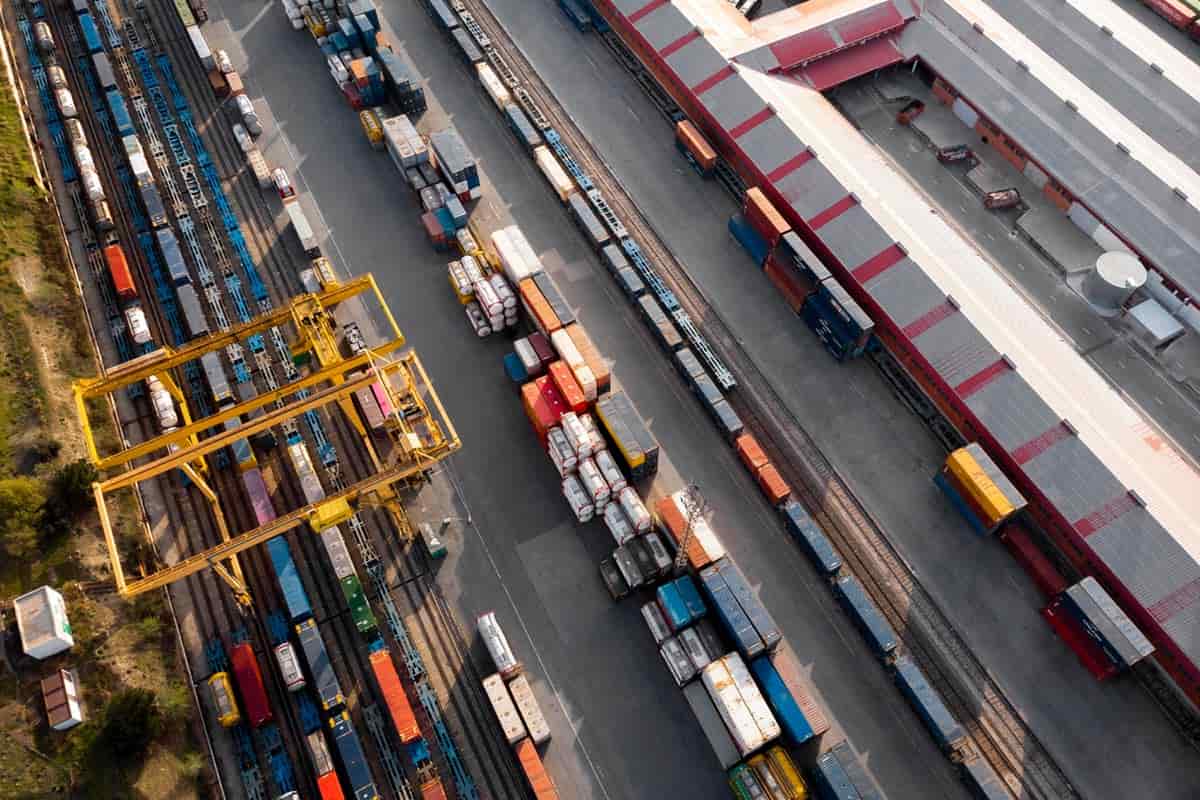Article content:
- Cargo Consolidation: What It Is.
- Advantages of Cargo Consolidation.
- Cargo Consolidation — Main Disadvantages.
- How the Process of Consolidation Works.
- Deconsolidation — What It Is and Why It's Needed.
- Consolidation of Cargo by DiFFreight Company.
In a world where supply chains are becoming more global, consolidation is indispensable. It's one of the ways to effectively manage logistics, especially international shipments. Consolidation benefits both companies through efficient use of transportation and clients through cost savings.
Cargo Consolidation: What It Is
Cargo consolidation (or consolidated freight) is a logistics service that combines several small batches of cargo from different shippers into one large shipment for transportation to a specific destination.
The consolidation process is coordinated by specialized logistics companies, which collect cargo from different clients at a consolidation point, combine them, and organize transportation to the destination. Upon arrival at the destination, deconsolidation occurs, and the individual batches of cargo are distributed among the recipients.
Advantages of Cargo Consolidation

Cargo consolidation offers numerous benefits for participants in international transportation:
- Cost savings. Combining several small batches of cargo allows for the division of transport costs among all participants, significantly reducing the shipping cost for each individual sender.
- Space optimization. Cargo consolidation promotes more efficient use of the cargo space of transport vehicles, reducing the number of necessary trips.
- Expanded opportunities. Clients who have sufficient volume to fill an entire transport vehicle gain access to a wider range of international transportation options.
- Process simplification. Logistics companies take on the coordination of the entire consolidation process, simplifying and optimizing international transportation for participants.
Cargo Consolidation — Main Disadvantages
These include:
- Increased transit time. Goods wait while other shipments for the same batch are collected and prepared for dispatch.
- Higher risk of damage or loss. Cargo undergoes additional handling stages: unloading at the warehouse, sorting, repackaging, loading into a consolidated container.
- Less control.
- Potential additional/hidden costs. Unexpected charges may arise for handling at the consolidation warehouse, storage, or other services.
- Risk of delays for the entire batch. If one of the shipments within the batch encounters issues with documentation or customs clearance, it delays the entire batch.
- Less flexibility: generally, the destination or route cannot be changed after inclusion in the consolidated batch.
Consolidation in logistics is a beneficial solution for clients requiring regular deliveries of small batches.
How the Process of Consolidation Works
The process of consolidation unfolds through several key stages:
- Gathering of cargoes. A logistics company collects small batches of cargo from various shippers at a consolidation point, typically located near a port or airport.
- Combination of cargoes. The gathered cargoes are consolidated into one or several transport units (containers, trucks, etc.) for further transportation.
- Transportation. The consolidated cargo is transported by sea, air, or land transport to the destination.
- Deconsolidation. Upon arrival at the destination point, deconsolidation occurs, where individual batches of cargo are separated and delivered to respective recipients.
In some cases, the consolidation process may include additional services such as fulfillment (order processing and execution), cross-docking (cargo transfer without storage at a warehouse), or temporary storage, utilizing a warehouse in China or another shipping point.
Deconsolidation — What It Is and Why It's Needed
Cargo deconsolidation is the process of separating shipments for each recipient. This reverse process is also known as deconsolidation. It occurs at the destination point (e.g., port, airport, or land terminal). Simply put, it's the "breaking down" of a large shipment so that each part can be delivered separately to its final recipient.
Stages:
- Arrival. The container (in sea freight) or transport vehicle (truck or trailer) arrives at the deconsolidation point.
- Acceptance by agent. A transport document (Master Bill of Lading, Master Air Waybill) is used for the entire consolidated batch.
- Transfer to warehouse.
- Customs clearance. The entire batch may undergo initial customs clearance as a single shipment. However, each individual shipment will also require separate clearance.
- Unpacking. The consolidated unit is opened at the warehouse.
- Identification and sorting. Each shipment is identified by labeling and individual transport documents, commercial invoices, packing lists.
- Final sorting: shipments are distributed to their final recipients.
- Individual customs clearance.
- Preparation for delivery. Repackaging and palletizing are done if necessary.
- Delivery. Sorted and cleared goods are handed over to local transport companies.
The process is carried out by the consolidator's agent or freight forwarder.
Consolidation of Cargo by DiFFreight Company
DiFFreight Company is a leader in cargo consolidation and international transportation. Our company offers clients optimal solutions for services such as delivery of goods from China to Ukraine and other countries worldwide.
The company provides a full range of consolidation services, including cargo collection, consolidation, sea freight transportation, and customs clearance. With high professionalism and years of experience, DiFFreight guarantees reliability, efficiency, and competitive rates for international transportation.

